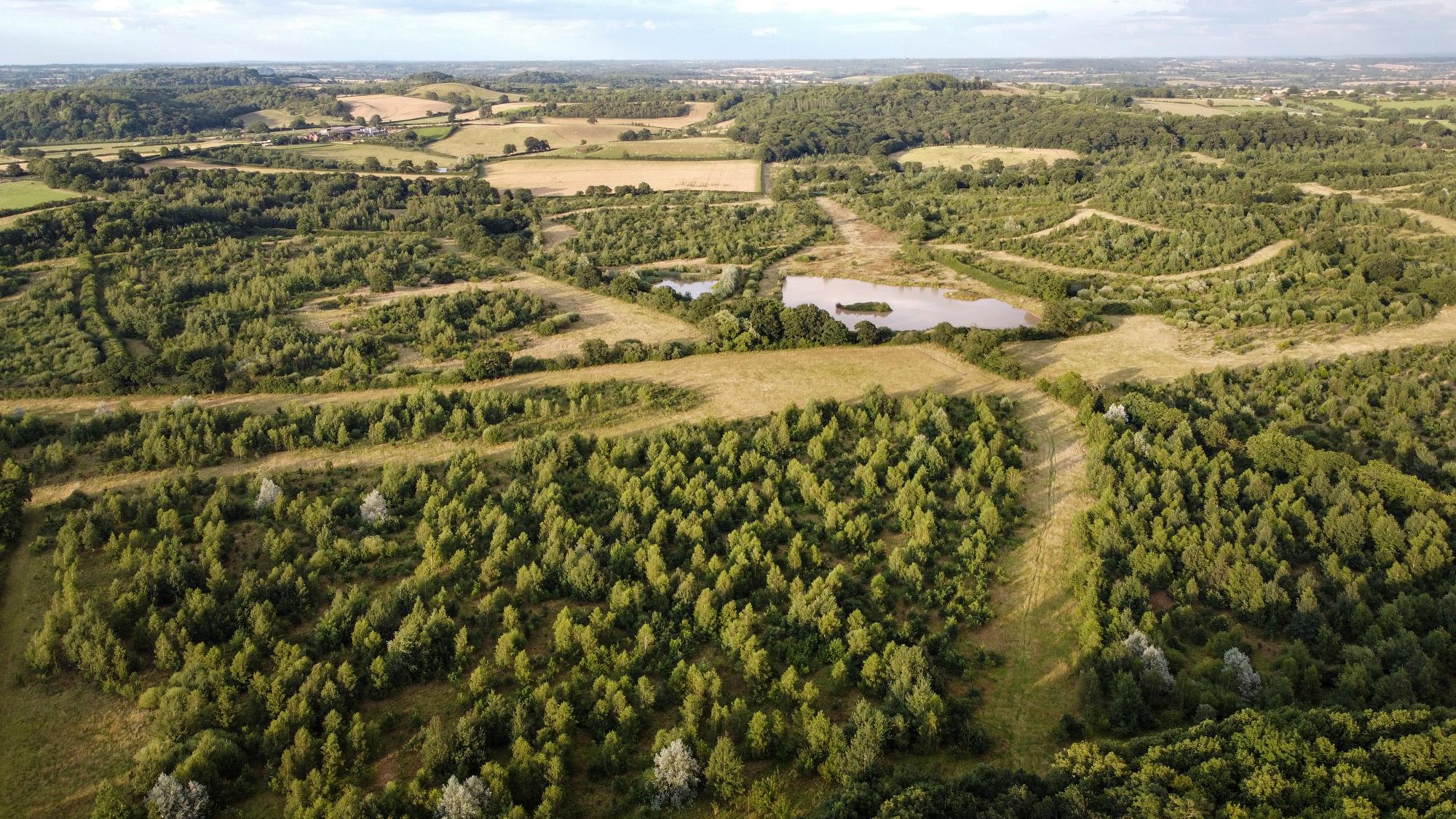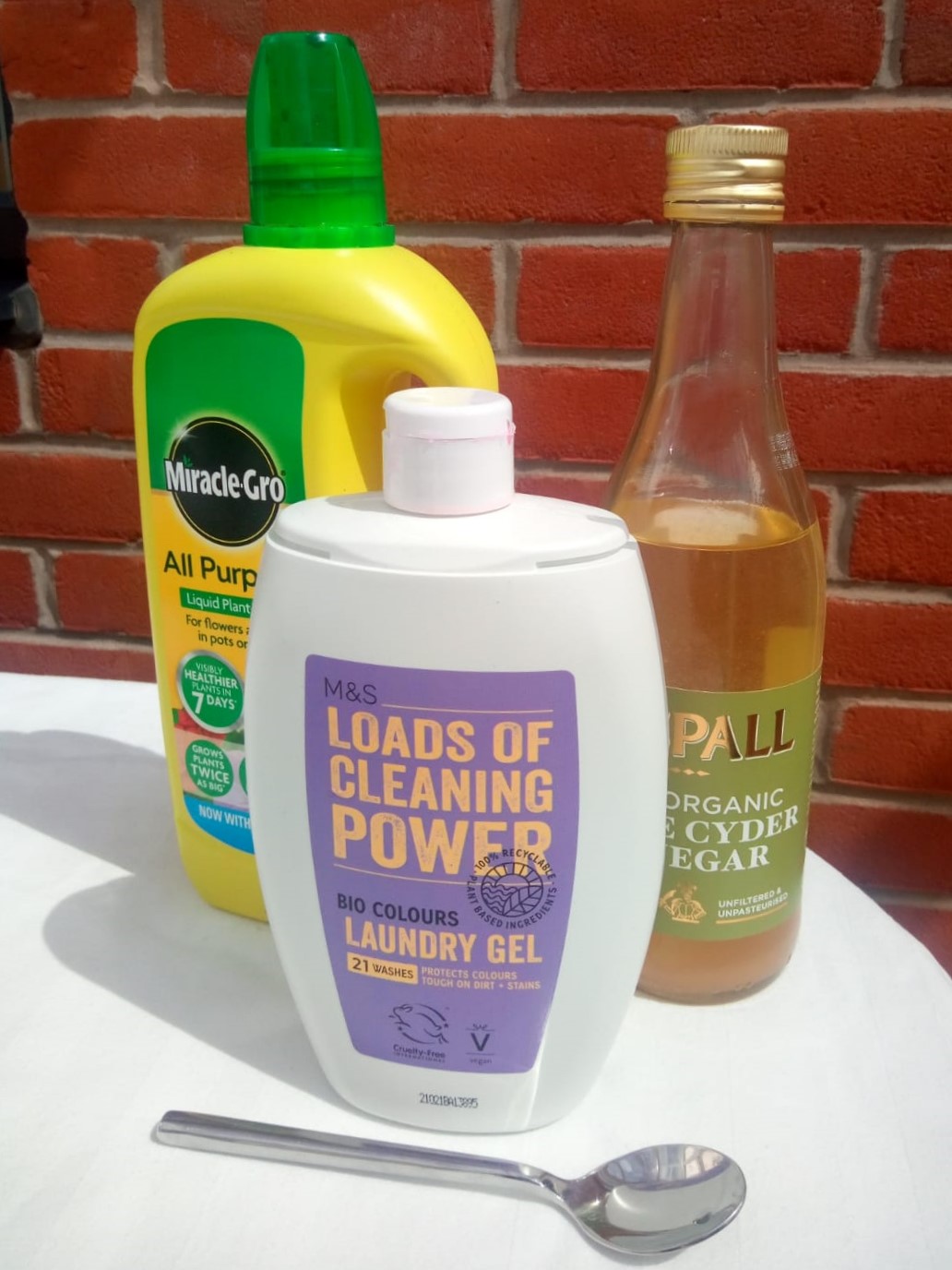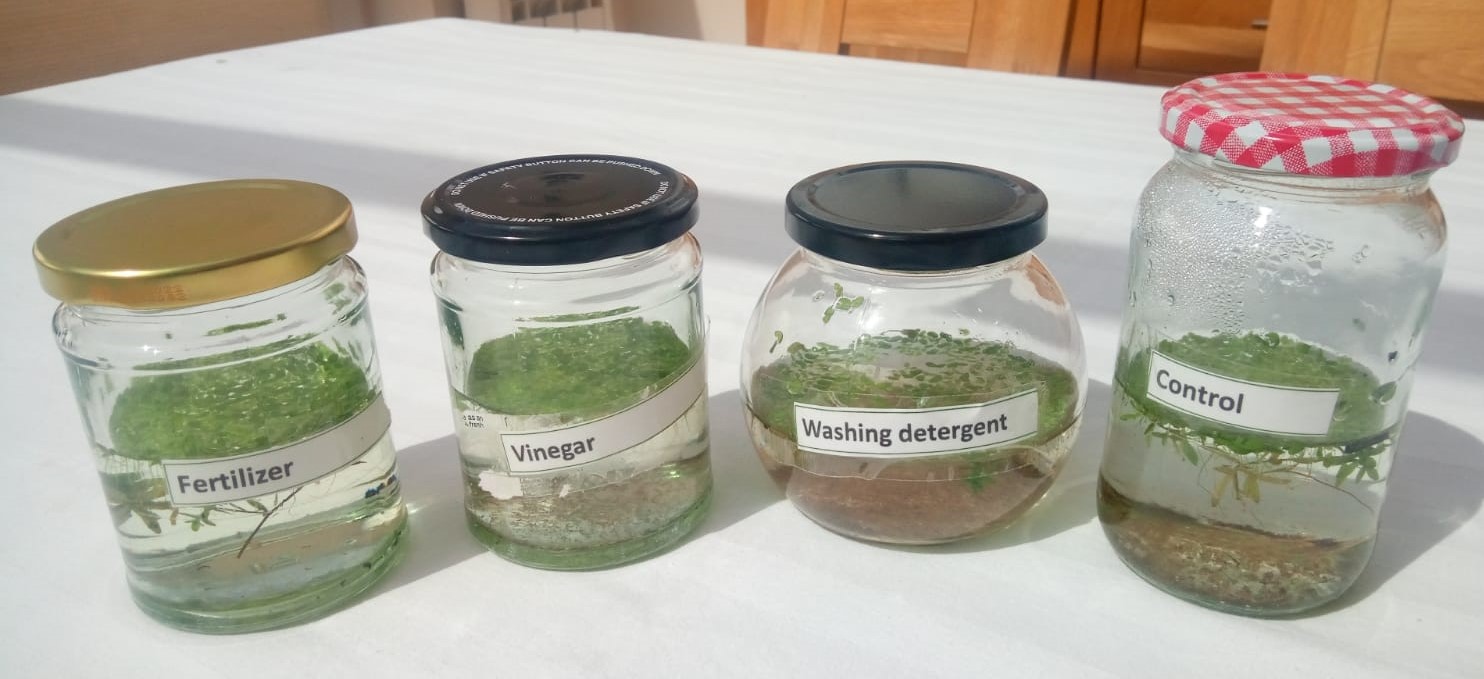
How to perform a water pollution experiment
Water pollution is one of the results of climate change. To fully understand the effects that harmful substances can have on our water bodies, why not try this simple experiment with things you have around your home?
What is pollution?
Pollution is when gases, smoke and chemicals enter the environment and have a toxic or harmful effect on the humans, animals and plants that exist there. Some forms of pollution can be seen, some are invisible. There are different kinds of pollution including air, land, and water pollution.
What is water pollution?
Water pollution happens when our water bodies (ponds, wetlands, rivers, stream, canals, oceans) become infected by rubbish, sewage, factory waste or chemicals such as pesticides or fertilizers.
This can be difficult for humans as we get our drinking water from natural water sources. When these become polluted, it becomes much more expensive to treat the water and make it clean enough for us to drink. This also means that for the places that cannot afford to treat their water, people must drink increasingly dirty water that could make them very sick.
It is also harmful to the water bodies themselves and the plants and animals that live in them and drink from them. Depending on how much pollution there is in the water, a big event could immediately kill all wildlife and plant life in the water body. For smaller events, the pollution builds up over time which may not be immediately visible but has a harmful effect in the long run.

Signs of a polluted water course
If the water is:
- smelly
- not running clear
- cloudy
- stagnant
How to reduce the risk of water pollution
Some water pollution occurs because of the harmful chemicals we tip down our drains. To help this, it can be an easy change to choose environmentally-friendly washing up liquids and laundry detergents and make sure to throw cooking oil in the bin rather than down the sink.
The way we treat our gardens can also affect the state of our water bodies. The chemicals that we use in our gardens gets washed away by the rain and goes into our local streams and rivers and pollutes them. This means it is really important to be careful about the chemicals and weed killers we use in our gardens – products with more natural ingredients in them are much better for our water.
Plants, wildflowers and trees can also be really helpful in preventing water pollution as they act as a filter before the chemicals can reach our water bodies. Growing more native plants in your gardens – and even natural environments like reed beds – can be really helpful in filtering pollutants out before they reach our water sources.
How to perform a water pollution experiment
To really understand the effects that harmful chemicals can have on our water, why not try performing this experiment at home using some pond water and different infectants? Download this worksheet so you can record what you find:
While you try your own experiment, watch along with Learning and Skills intern Ellie and Biodiversity Officer Imogen as they perform their own in the Forest.
Health and safety
- Make sure you are with an adult when collecting water for the experiment
- Make sure an adult is nearby when you are handling chemicals
- Wear safety gloves when handling all the equipment and chemicals
- Carry out the experiment outside
What you will need:
- 4 empty jars
- 4 labels
- 1 jug
- Vinegar
- Washing detergent
- Fertilizer
- 1 teaspoon
Instructions:
1. Visit a water body near you like a local pond or stream and collect a jug full of water that has pond weed or algae living in it. Make sure you collect enough so that you can put the same amount in each of your jars.
2. Take your water home and divide it evenly between the four jars.
3. Make sure to label each jar so you know which chemicals are going in each. We have used labels and sticky tape but you could also write directly on the jars in permanent marker.
4. Choose 3 pollutants – we used vinegar, washing detergent, and fertilizer for our experiment.
5. Take one teaspoon of vinegar and add it to one of the jars, one teaspoon of washing detergent and put it in the second jar, and one teaspoon of fertilizer and put it in the third jar. Leave the fourth jar without any pollutants in it so that you have a control jar - this means you can see what the water would look like with no pollution in it and compare it to the water that is polluted.

6. Put the lids on the jars but leave them slightly open so oxygen can still get in. Keep all the jars in the same temperature room so that the experiment is equal – we kept all of ours in Ellie’s conservatory.
7. Look at the jars every day for two weeks and take pictures of how the water changes as time goes on.

8. After two weeks, observe how the water with the pollutants in it is different to the control jar without pollution in it. What colour is the water? What has happened to the pond weed or algae that was living there?
Download step-by-step instructions here:
More nature activities for kids
Subscribe to our YouTube channel for more fun activities for kids and check out the other nature activities that we have added to our website over the summer holidays, from making seed bombs for your garden to going wildflower spotting on your Forest walks.



